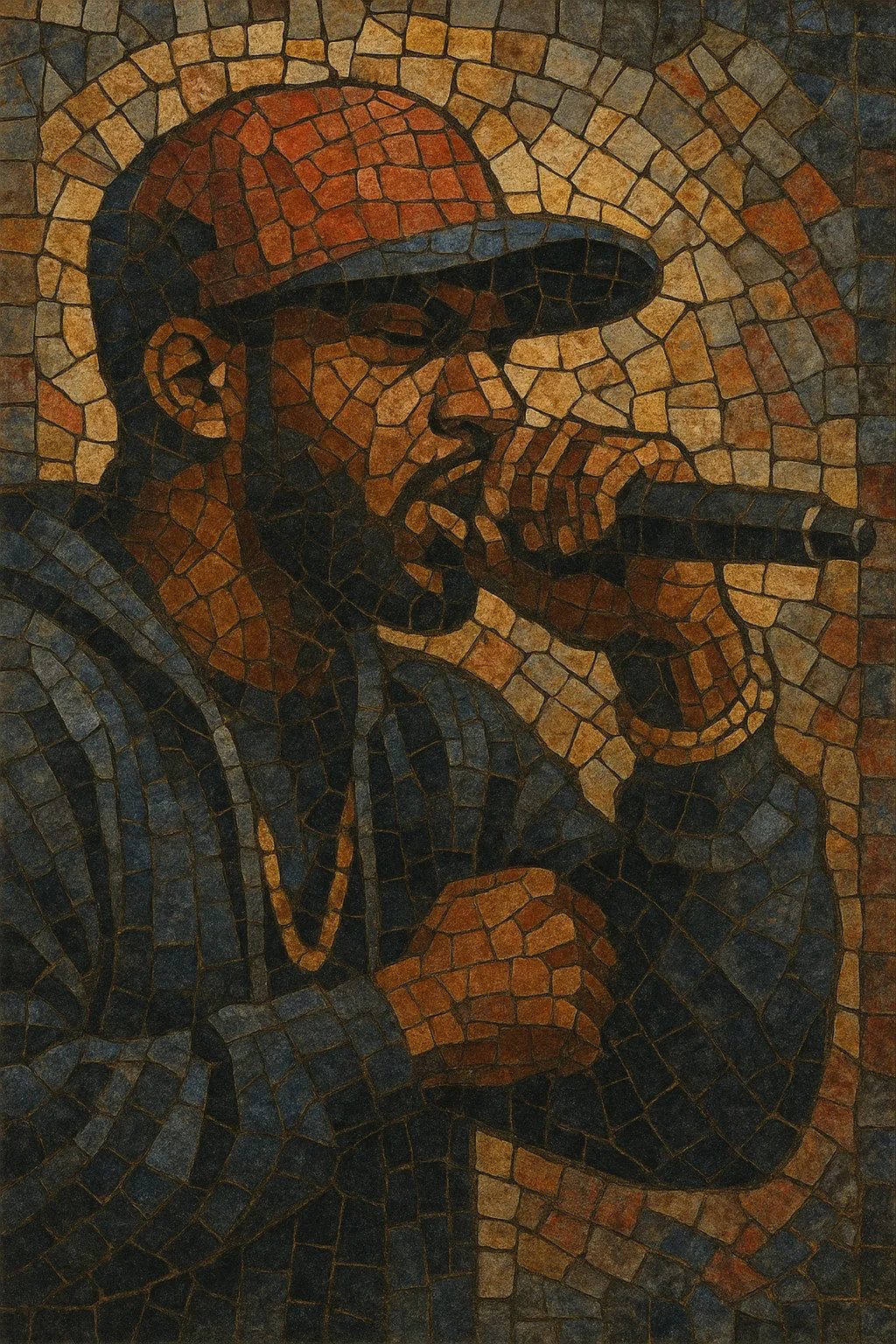Rap is a vocal music style built on the rhythmic, rhymed, and often improvised spoken delivery of lyrics over a beat. It emphasizes flow, cadence, wordplay, and narrative, and is commonly performed over sampled or programmed drum patterns and loops.
Emerging from block parties and sound-system culture in the Bronx, New York City, rap became the core vocal expression of hip hop culture alongside DJing, breakdancing, and graffiti. While it is closely linked to hip hop, rap as a technique and genre has also crossed into pop, rock, electronic, and global regional scenes.
Musically, rap favors strong drum grooves (breakbeats, 808 patterns), sparse harmony, and loop-based structures that foreground the MC’s voice. Lyrically, it spans party chants and battle brags to intricate internal rhymes, social commentary, reportage, and autobiography.
Rap originated in the Bronx, New York City, in the early-to-mid 1970s at neighborhood block parties. DJs isolated and extended the drum breaks from funk and disco records, while MCs hyped the crowd with rhythmic speech, chants, and call-and-response. Jamaican sound-system traditions and toasting, along with African American spoken word and radio patter, profoundly shaped the emerging vocal style.
Commercial recordings such as the Sugarhill Gang’s "Rapper’s Delight" (1979) introduced rap to a global audience. The 1980s saw the rise of groups like Run-D.M.C., Public Enemy, and Eric B. & Rakim, who advanced lyrical technique, sampling craft, and the cultural reach of rap. Regional scenes began to flourish beyond New York, with distinct production aesthetics and flows.
Often called the "Golden Age," this period elevated complex rhyme schemes, dense sampling, and conceptual albums. Artists expanded rap’s thematic range—from Afrocentric politics and social realism to abstract wordplay—while producers pushed the boundaries of sample-based collage and drum programming.
Rap became a dominant force in popular music. Distinct regional sounds—East Coast, West Coast, Southern styles (including early trap roots), and Midwest innovations—shaped the charts. Advances in studio technology and wider access to samplers and drum machines diversified the sound and facilitated home production.
Streaming and social media accelerated rap’s global spread, fostering scenes in the UK, France, Latin America, Africa, and Asia. Subgenres like drill, trap, emo rap, and cloud rap redefined production and vocal aesthetics, while DIY distribution enabled rapid innovation. Rap remains a central mode for storytelling, identity, and social commentary worldwide.


